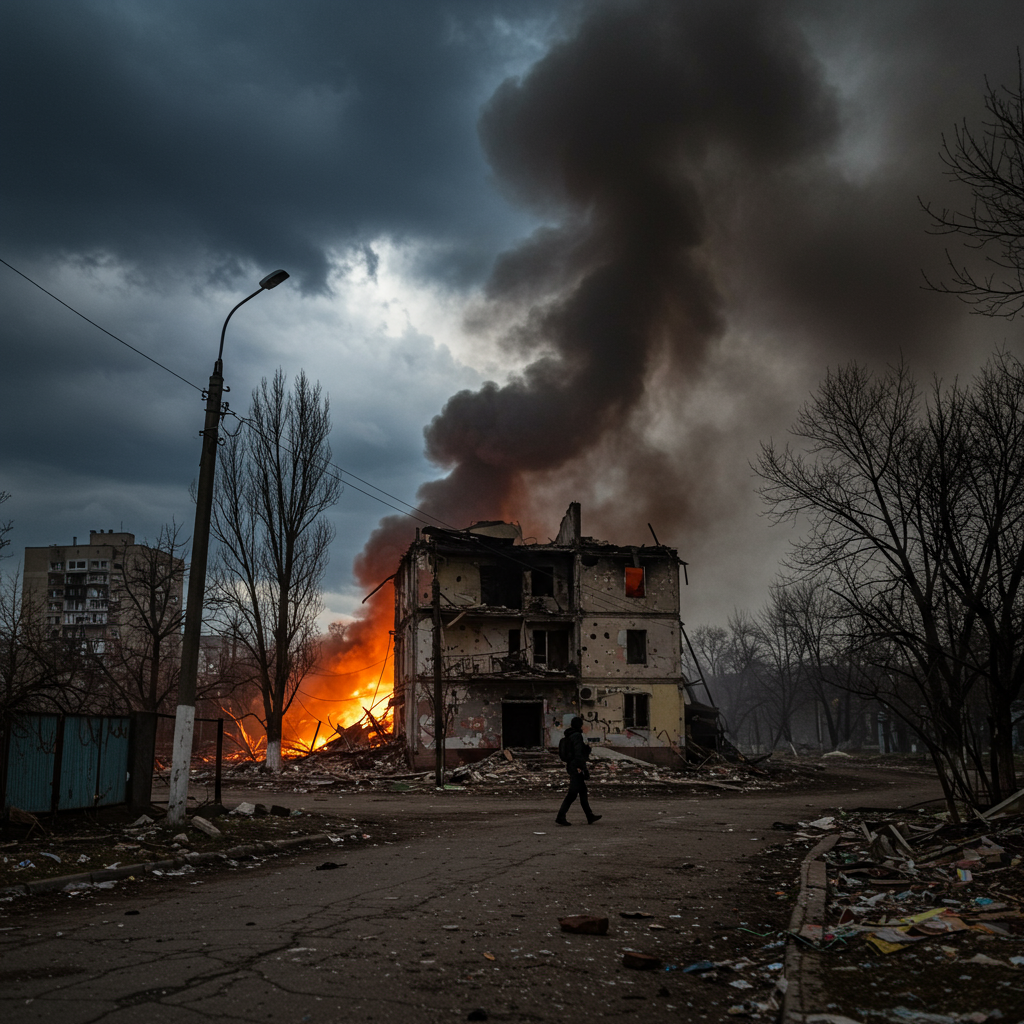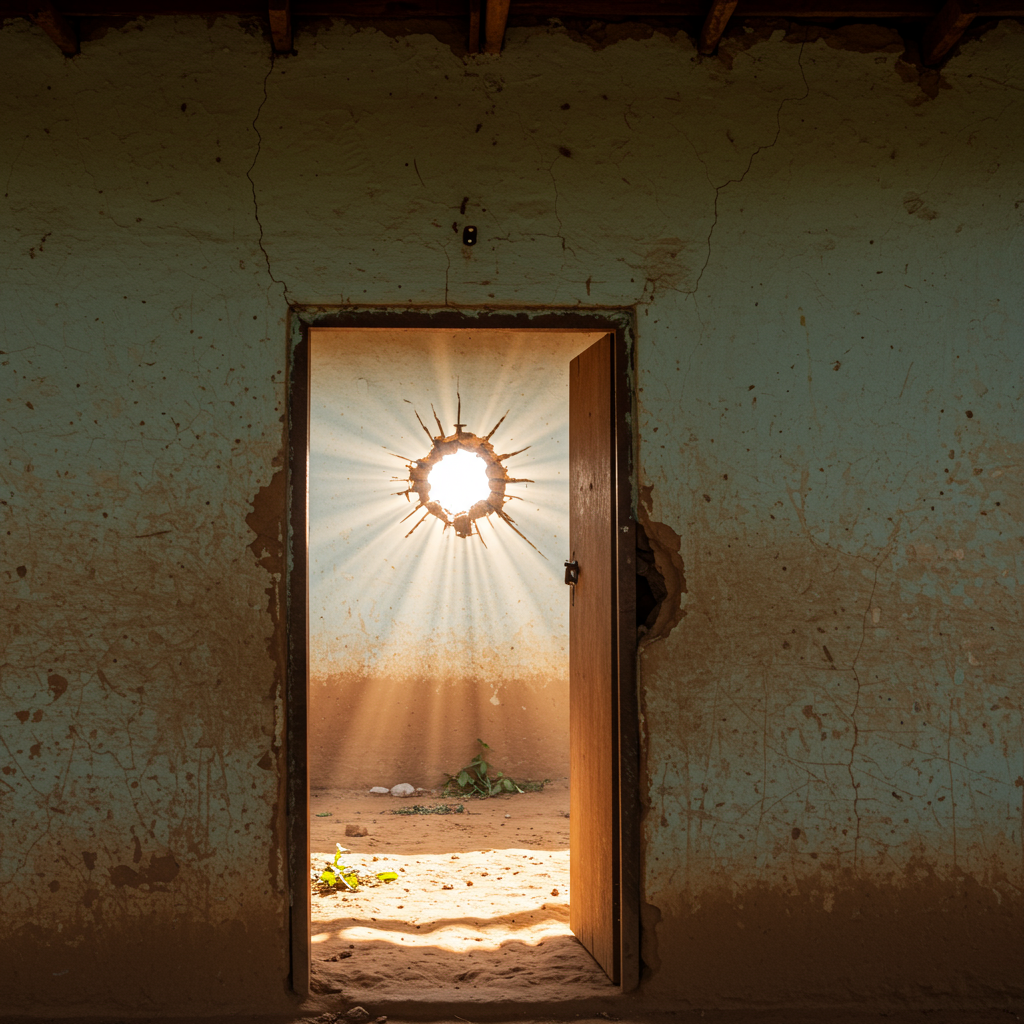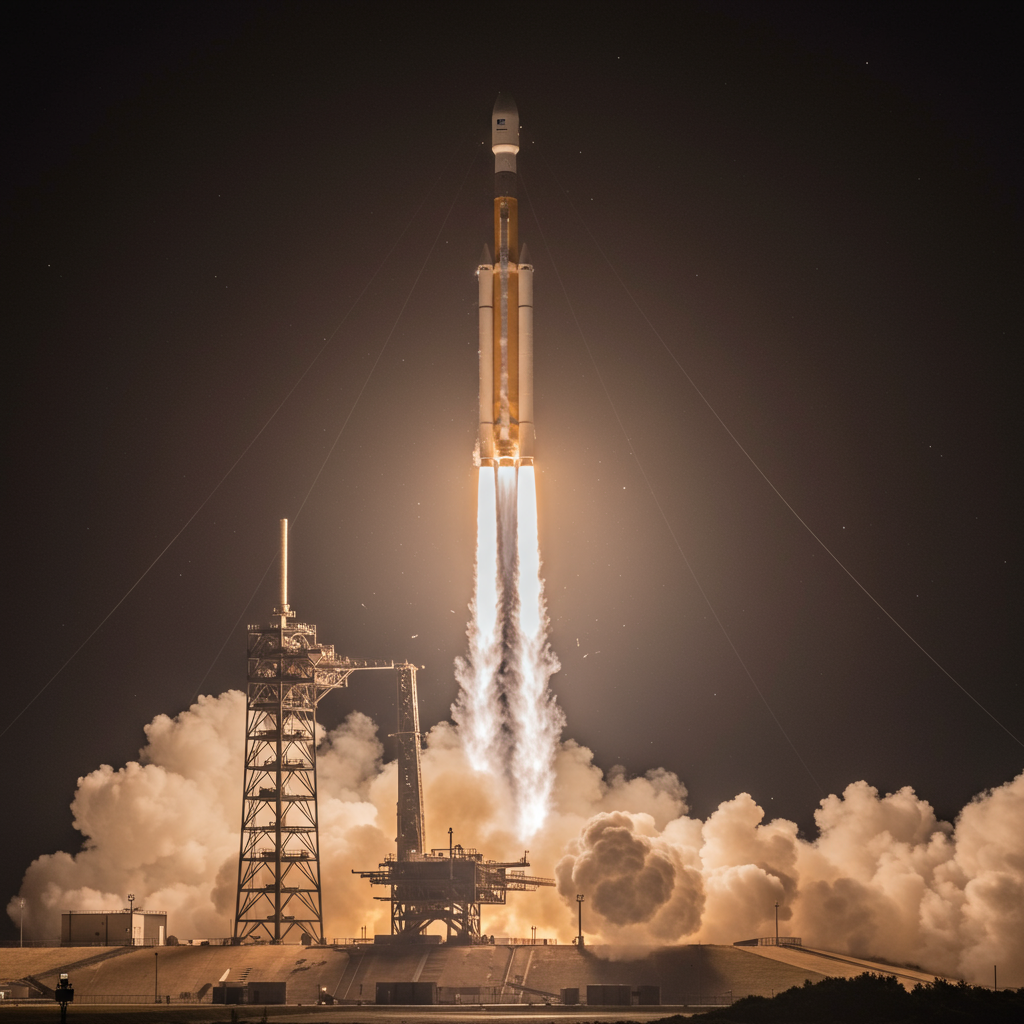As the russia-Ukraine war entered its 1,222nd day, June 30 saw intense military activity and significant political shifts. This period was marked by unprecedented aerial assaults and crucial decisions impacting Ukraine’s defense strategy. The ongoing conflict continues to shape the geopolitical landscape, with international reactions and domestic policies adapting to the persistent pressures of wartime. Navigating these daily developments requires understanding the military actions on the ground and the broader diplomatic and political maneuvering taking place.
Unprecedented Aerial Assault Marks Day 1,222
The 1,222nd day of the conflict featured one of the largest aerial attacks launched by Russia since the full-scale invasion began. Overnight on Sunday, russian forces unleashed a barrage of 537 aerial weapons across ukrainian territory. This massive assault included 477 drones and decoys alongside 60 missiles, targeting various regions.
Ukrainian air defenses demonstrated significant effectiveness, reportedly intercepting 475 of these incoming threats. Despite the high interception rate, the scale of the attack resulted in tragic outcomes. Ukrainian F-16 pilot Lieutenant Colonel Maksym Ustimenko was killed during efforts to repel the assault. Additionally, at least four civilians lost their lives in the Kherson, Kharkiv, Dnipropetrovsk, and Kostiantynivka regions.
The strikes extended far across Ukraine. Drone attacks reached the Lviv region in the west, sparking a large fire at an industrial facility in Drohobych and causing power outages. The widespread nature of these attacks underscored the persistent threat posed by Russian air power. Neighboring NATO countries, including Poland, scrambled their aircraft as a precautionary measure to safeguard their airspace, although no Russian missiles were reported to have crossed into Polish territory.
Intense Fighting Continues Across Front Lines
Beyond the aerial onslaught, ground fighting and shelling persisted, adding to the day’s casualties. Two people were killed by Russian shelling, including a 70-year-old woman discovered under rubble in the Zaporizhzhia region. These incidents highlight the daily dangers faced by civilians near the front lines and in areas subjected to bombardment.
Russia’s Ministry of Defense claimed success in its operations. They reported intercepting three Ukrainian drones overnight. Furthermore, Russian forces asserted control over the village of Novoukrainka in the partially occupied Donetsk region, indicating continued efforts to gain ground in eastern Ukraine.
Meanwhile, Ukrainian drone activity was also noted in Russian-controlled and border regions. One person was reported killed in the Russian-controlled part of Ukraine’s Luhansk region. Two people sustained injuries in a Ukrainian attack targeting Russia’s Kursk border region, demonstrating the reciprocal nature of drone warfare and shelling near the border.
Ukraine Signals Major Shift in Weapons Policy
In a significant strategic move, Ukraine signaled a potential withdrawal from the Ottawa Convention, which prohibits anti-personnel mines. President Volodymyr Zelenskyy signed a decree initiating this process. He justified the decision by pointing out Russia’s extensive use of anti-personnel mines without being a signatory to the treaty.
Zelenskyy argued that Russia’s actions create an “asymmetric advantage” on the battlefield. This allows Russian forces to heavily mine territories, impeding Ukrainian advances, while Ukraine is constrained by treaty obligations. A senior Ukrainian lawmaker, Roman Kostenko, clarified that parliamentary approval is still necessary for the withdrawal to become effective.
Ukraine’s Ministry of Foreign Affairs described this as a “difficult but necessary political decision.” They stated it is crucial to cease implementing “irrelevant obligations” that have placed Ukraine at a disadvantage during the conflict. This potential policy change reflects the harsh realities and tactical considerations driven by the ongoing Russian aggression.
Political and Diplomatic Maneuvering
The military developments on day 1,222 unfolded against a backdrop of ongoing political and diplomatic activities. In the United States, Senator Lindsey Graham announced that Congress would begin voting on new sanctions targeting Russia. This follows reported encouragement from former President Donald Trump, who allegedly told Graham, “It’s time to move your bill.” The potential for increased economic pressure from the US remains a key factor in the international response to the conflict.
The Kremlin swiftly reacted to the prospect of new sanctions. Spokesman Dmitry Peskov issued a warning that European countries would face negative repercussions, using the phrase “recoil from a gun to the shoulder” to describe the potential economic blowback. Peskov labeled such measures “illegal” and a “double-edged sword,” emphasizing Russia’s view of the sanctions regime.
Amidst the public posturing, high-level contact between intelligence agencies was also reported. Russian spy chief Sergei Naryshkin stated he had spoken with CIA Director John Ratcliffe. Naryshkin indicated they had agreed to maintain open lines of communication and be able to contact each other at any time. Such communications, even during times of heightened tension, suggest back channels remain open between opposing powers.
These political and military events on day 1,222 highlight the complex and rapidly evolving nature of the Russia-Ukraine war. The large-scale Russian attack underscores Ukraine’s urgent need for enhanced air defense capabilities. Simultaneously, Ukraine’s consideration of withdrawing from the mine ban treaty reflects tactical adjustments to the realities of the battlefield. Diplomatic discussions, sanctions threats, and intelligence contacts reveal the multifaceted international dimensions of the conflict.
Broader Context: Air Defense Needs and Resource Challenges
The record aerial attack on day 1,222 directly reinforces Ukraine’s long-standing appeal for more sophisticated air defense systems from its Western allies. President Zelenskyy has consistently highlighted this critical need, particularly stressing the importance of support from the United States. Previous massive aerial assaults, such as one in mid-June that struck Kyiv and other cities, causing significant casualties and damage, have repeatedly demonstrated Ukraine’s vulnerability to missile and drone barrages. Ukrainian officials noted the timing of that specific mid-June attack, occurring during a G7 summit, suggesting it was a deliberate message from Moscow aimed at showing “disrespect” to Western partners. Ukraine’s reliance on Western support for air defenses is absolute.
Russia’s capacity to sustain such large-scale attacks is partly dependent on its ability to acquire weapons. While Western sanctions aim to curb Russia’s military-industrial complex, reports suggest Russia is sourcing arms from countries like China, Iran, and North Korea. The deepening ties between Russia and North Korea are particularly scrutinized, following a mutual defense pact and reports of North Korea supplying ballistic missiles and ammunition. Analysts note that Russia has struggled to establish adequate air defense lines along the extensive front line and protect key sites within Russia from Ukrainian drone strikes, indicating potential limitations despite its overall capabilities.
Furthermore, maintaining troop numbers and equipment remains a challenge for both sides. Reports suggest Russia faces difficulties replenishing losses of armoured vehicles at the speed they are being destroyed by Ukraine. Observers point to the use of non-traditional transport like motorcycles on the front lines as a sign of resource strain. While Russia has ramped up artillery shell production and received external supplies, maintaining the quality and quantity of troops and equipment required for sustained offensive operations is a constant dynamic shaping the conflict’s pace and outcomes.
Political Landscape and Wartime Governance
The domestic political situation in Ukraine is also influenced by the war’s duration. External pressure, particularly from figures like Donald Trump and Vladimir Putin, for Ukrainian President Zelenskyy to hold elections despite the conflict persists. However, Ukrainian law explicitly prohibits elections while martial law is in effect.
Beyond the legal barrier, holding elections faces insurmountable practical challenges. These include the need to demobilize potentially hundreds of thousands of soldiers to vote, the security risks to polling stations from daily shelling, the destruction of voting infrastructure, and the massive displacement of millions of citizens both internally and abroad. While some internal political figures have higher approval ratings than Zelenskyy, most notably former Commander-in-Chief Valerii Zaluzhnyi, there is a consensus among major parliamentary parties that elections are impossible until well after martial law is lifted. Ukraine’s focus remains on national unity and defending against Russian aggression.
Navigating these complex military, political, and social challenges defines the daily reality of the Russia-Ukraine war. The events of day 1,222 serve as a stark reminder of the conflict’s intensity, the human cost, and the constant adaptation required on all fronts – from tactical decisions on weapons policy to strategic diplomatic engagement.
Frequently Asked Questions
How significant was the Russian aerial attack on Day 1,222?
The aerial attack on June 30 (Day 1,222) was highly significant because it was described as the largest since Russia’s full-scale invasion began. Russia fired a total of 537 aerial weapons, including numerous drones and missiles, across wide areas of Ukraine. Although Ukraine reported intercepting 475 of these, the sheer volume resulted in casualties, including a Ukrainian pilot and civilians, and caused damage as far west as the Lviv region. The attack underscored Ukraine’s urgent need for more Western air defense systems.
Why is Ukraine considering withdrawing from the anti-personnel mine treaty?
Ukraine is considering withdrawing from the Ottawa Convention banning anti-personnel mines primarily because Russia, which is not a signatory to the treaty, is reportedly using these mines extensively. Ukrainian officials argue that this creates an “asymmetric advantage” for Russia on the battlefield, hindering Ukrainian forces while Russia remains unrestricted. President Zelenskyy initiated a decree for withdrawal, calling it a difficult but necessary step to end “irrelevant obligations” that disadvantage Ukraine in the face of Russian aggression.
What was the diplomatic status on Day 1,222 regarding peace talks or sanctions?
On Day 1,222, diplomatic activity included movement towards potential new US sanctions against Russia. US Senator Lindsey Graham announced that Congress would start voting on a new sanctions bill, following encouragement from former President Trump. Russia warned of negative consequences for European countries from such sanctions. Separately, high-level contact between intelligence chiefs was reported, with the heads of Russia’s SVR and the US CIA agreeing to maintain open communication lines, indicating some channels remain active despite the ongoing conflict.
The situation remains fluid, with military actions, diplomatic pressures, and domestic considerations constantly interacting. Understanding these facets provides crucial context for the evolving Russia-Ukraine war.




